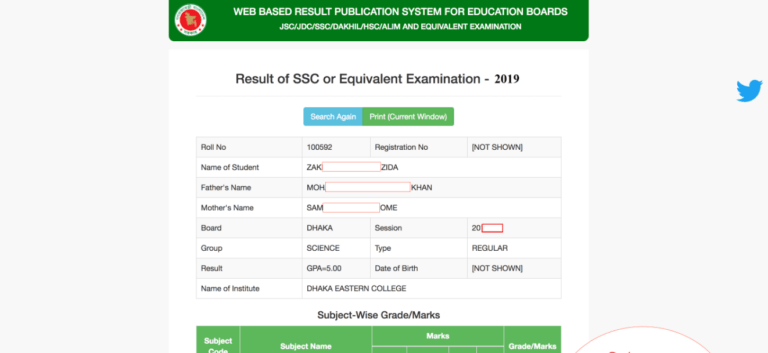
At the start of 2020, one question hung over the auto insurance industry: How could insurers deliver value to customers and maintain profitability? Many markets around Canada were struggling to find an answer. Alberta believes the solution is through a significant overhaul of its insurance system.
Over the last year, auto insurance premiums have increased in Alberta, and the provincial government promised reform. As premiums for motorists escalate, the ruling United Conservative Party commissioned an expert panel to recommend reducing car insurance costs. One change the government is exploring is no-fault auto insurance.
Still, while insurance companies welcome a no-fault auto insurance system in Alberta, there are some opponents of the proposal. Would no-fault auto insurance save money on rates and allow insurers to return to profitability?
Pros for No-Fault Coverage
Insurance companies praised Alberta’s decision to consider a no-fault system. They believe embracing no-fault will ease pressures around car insurance costs and allow Alberta to become a robust auto insurance market in Canada.
Industry representatives like the Insurance Bureau of Canada and Insurance Brokers Association of Alberta (IBAA) say removing arguments between insurance companies will allow claims to be more efficient. That’s because, under a no-fault system, your insurance company will fix your vehicle, whether it’s your fault or not.
No-fault insurance means both drivers’ claims are managed by their insurance providers, respectively. So, if you need to make a claim, your insurer will handle your vehicle, and the other person’s losses will be handled by their insurer.
If Alberta moves to a no-fault system, the province won’t be alone in the Canadian insurance landscape. Ontario has operated no-fault car insurance for decades, while British Columbia’s public insurance market recently announced it would switch to no-fault. However, the IBAA says it wants Alberta to look abroad for its inspiration.
Specifically, the IBAA proposes the province should mimic New Jersey’s auto insurance model, which covers no-fault for basic coverage and allows customers to buy up a tort. Under the terms of this solution, Albertans could buy-up for tort, meaning they could sue another party for more than the claim but would have to pay to do so.
If Alberta adopts the model, the province’s auto insurance would be unique in Canada. While most private car insurance representatives welcome no-fault, they remain unclear how much money it will save.
Because premium rates in Alberta are on an upward trend, there is a simple message being sent from consumers and insurers: auto insurance is in crisis. Claims costs are soaring, and the IBAA wants to move to a “care-not-cash” model that focuses on providing adequate care for people recovering from a collision.
Cons for No-Fault Auto Insurance
While the Alberta government and the insurance industry are warming to no-fault auto insurance, the proposal is not without its critics. It has raised concerns about no-fault that have often been discussed in other regions. For instance, some argue no-fault auto insurance removes accountability from poor drivers.
However, that’s not necessarily true. During, and following a collision, there is always one driver at fault. The name may be misleading, but no-fault insurance does not mean a driver cannot be found responsible for causing a collision. Though the at-fault driver may not have to pay the claim upfront, when they go to renew their policy, that’s when they will pay – their auto premium will be significantly higher than it was previously.
Despite criticisms of the no-fault insurance system, it does ensure all motorists involved in a car accident get their vehicle damage and injury claims processed quickly, rather than having to wait while insurance companies duke it out in court.






